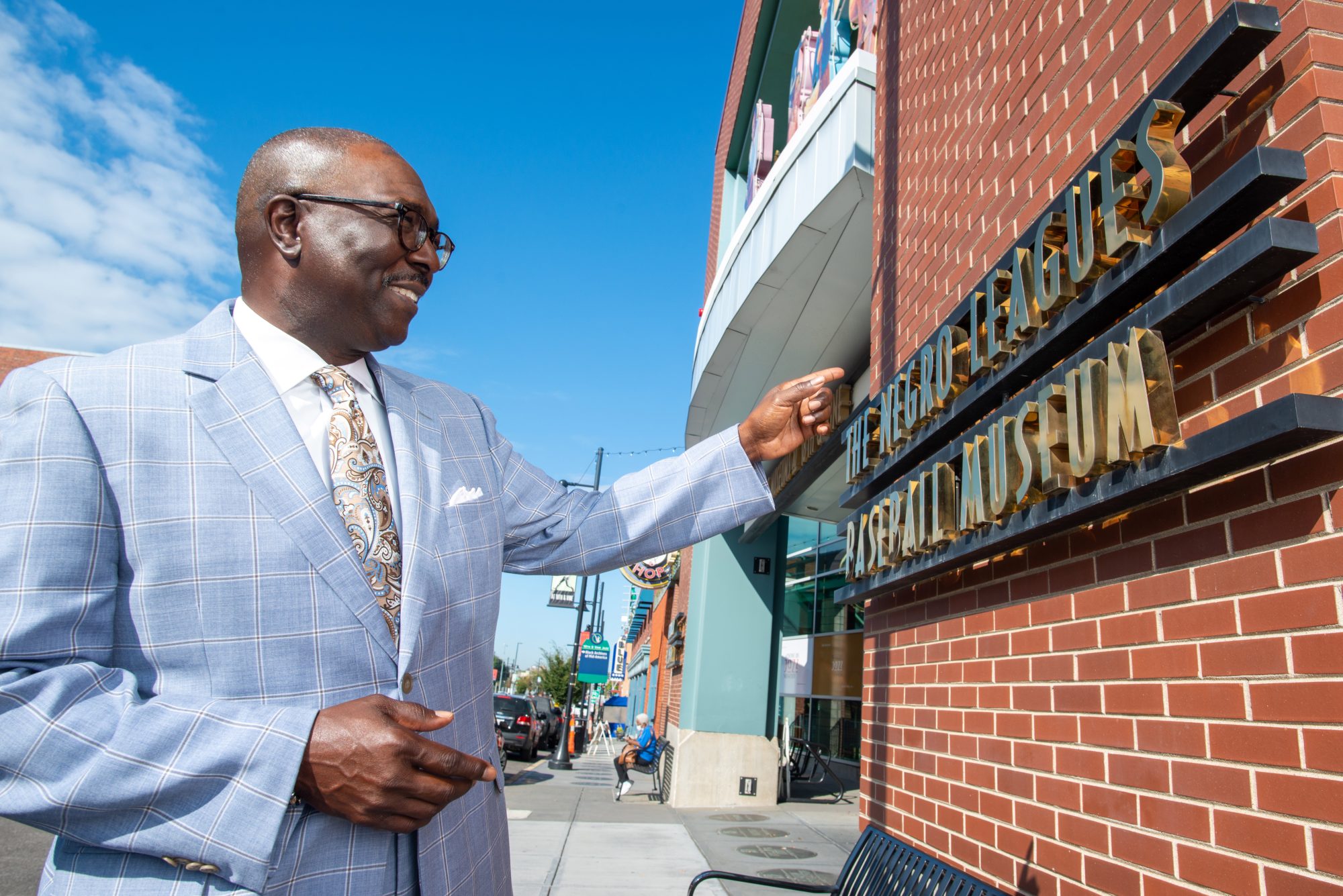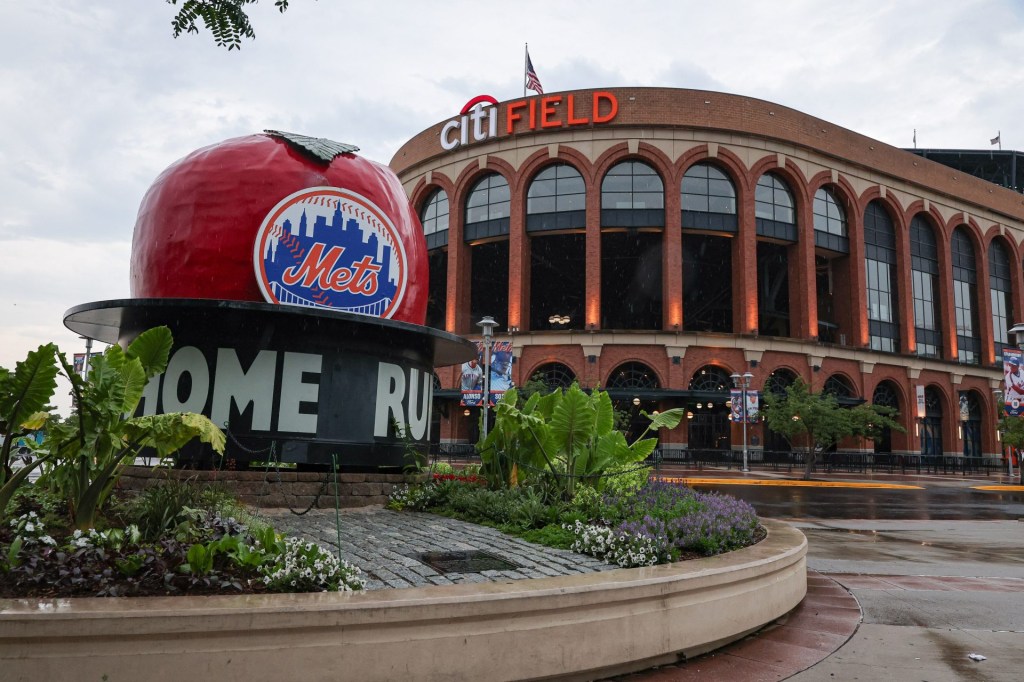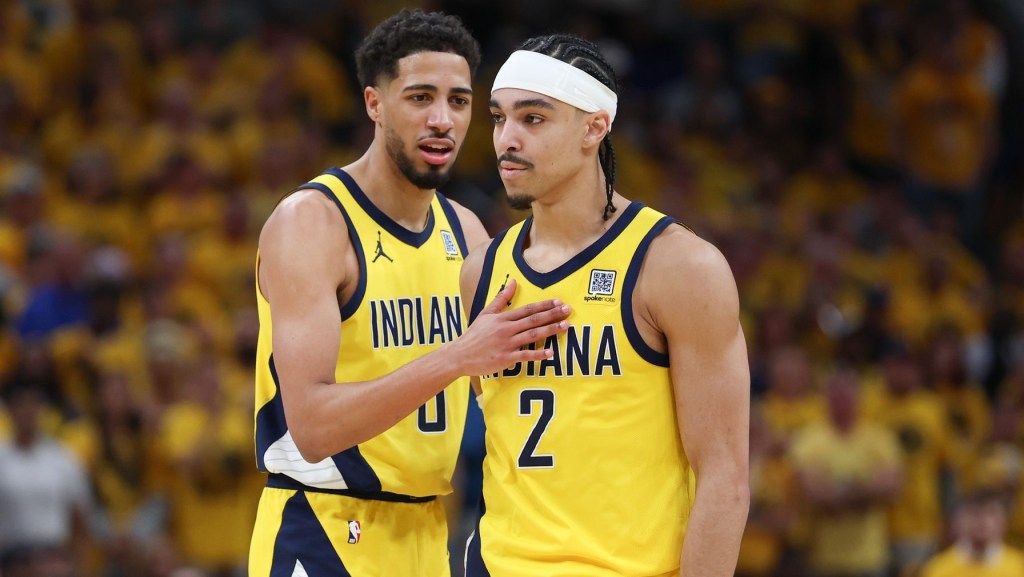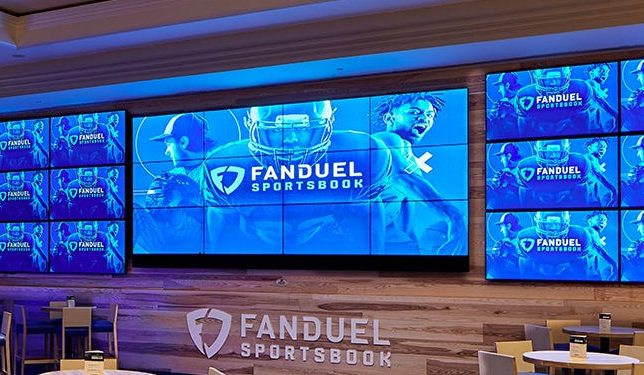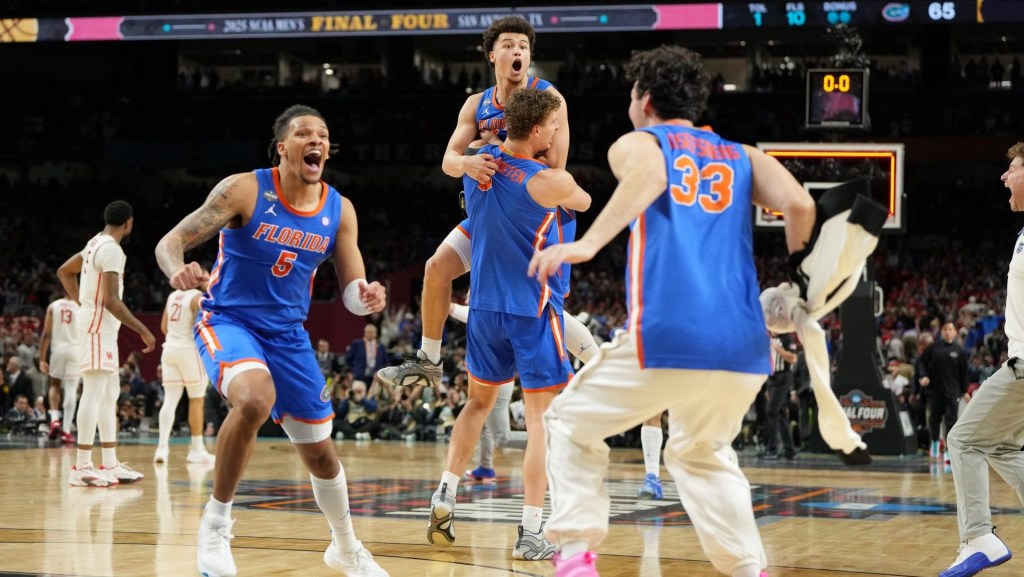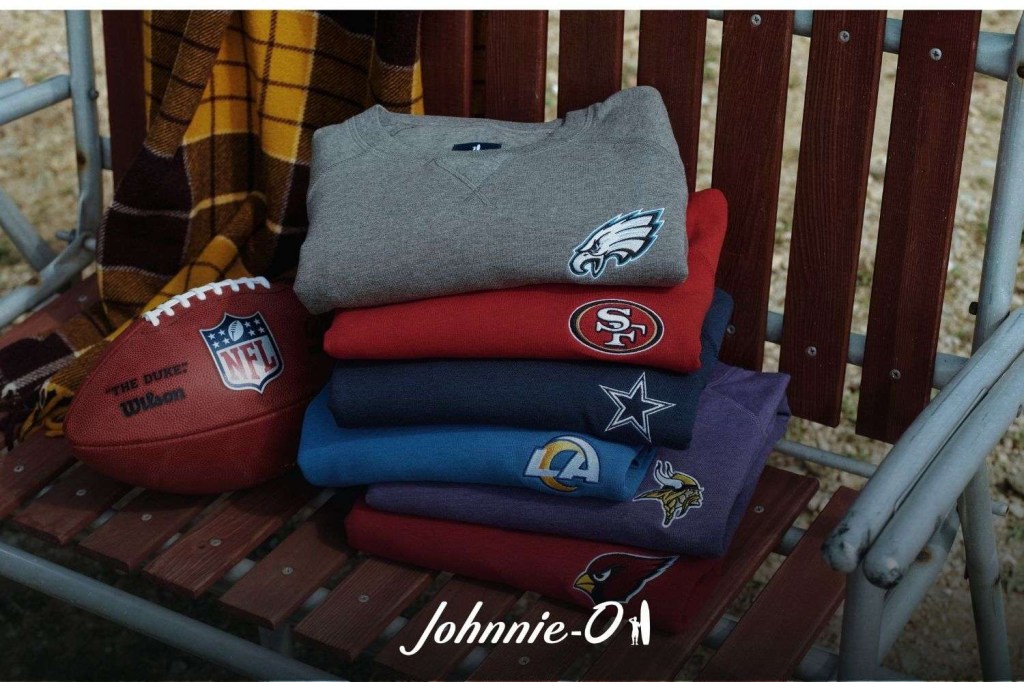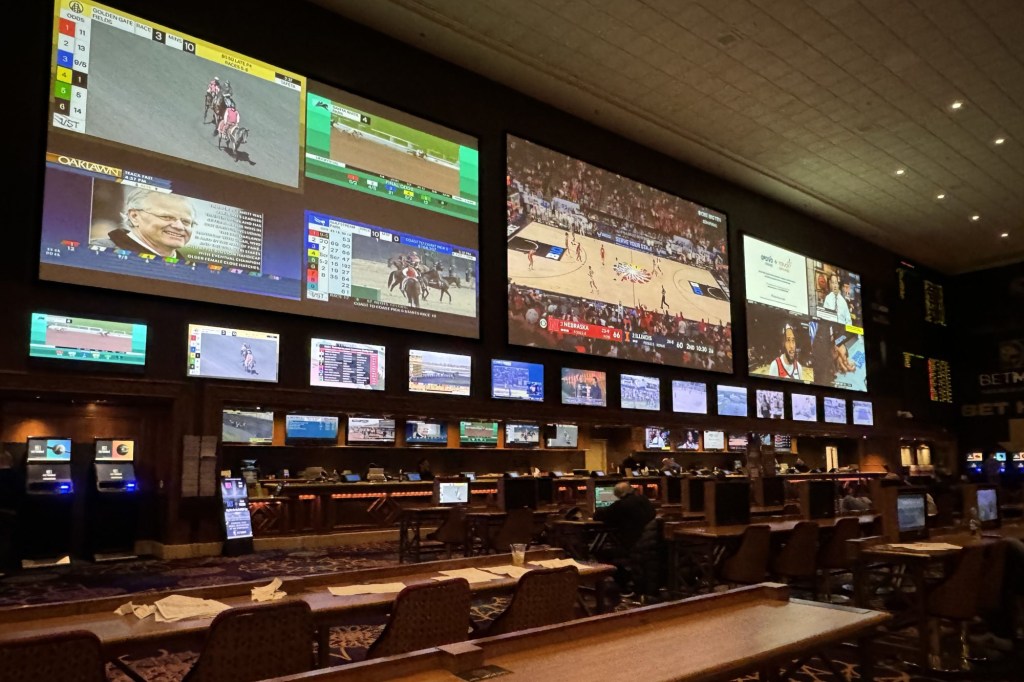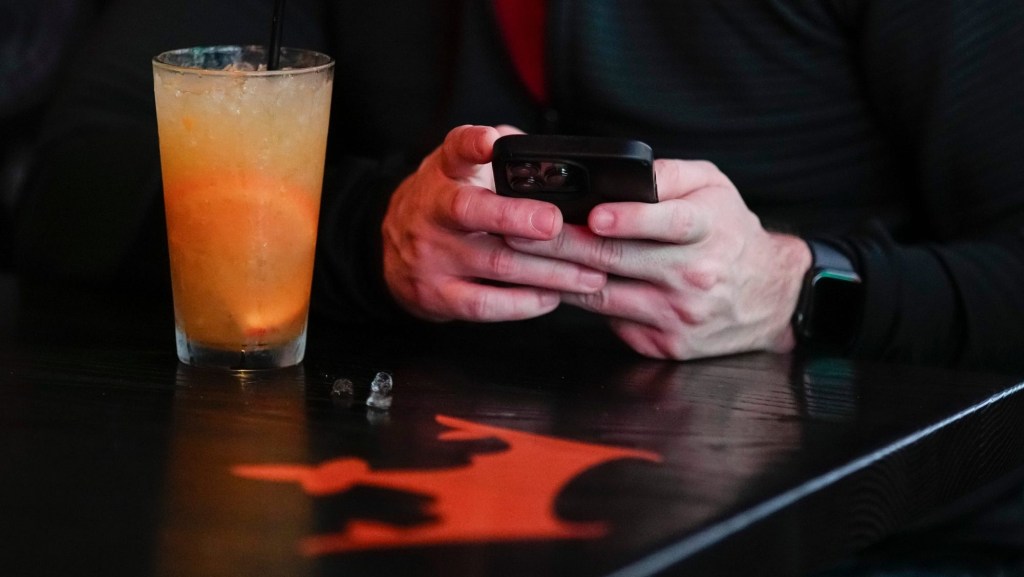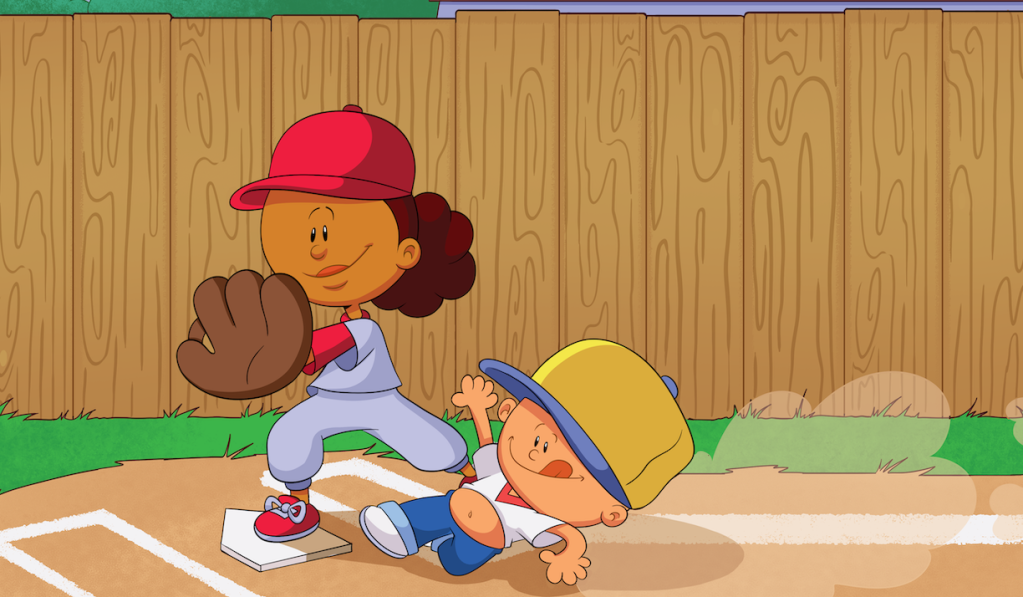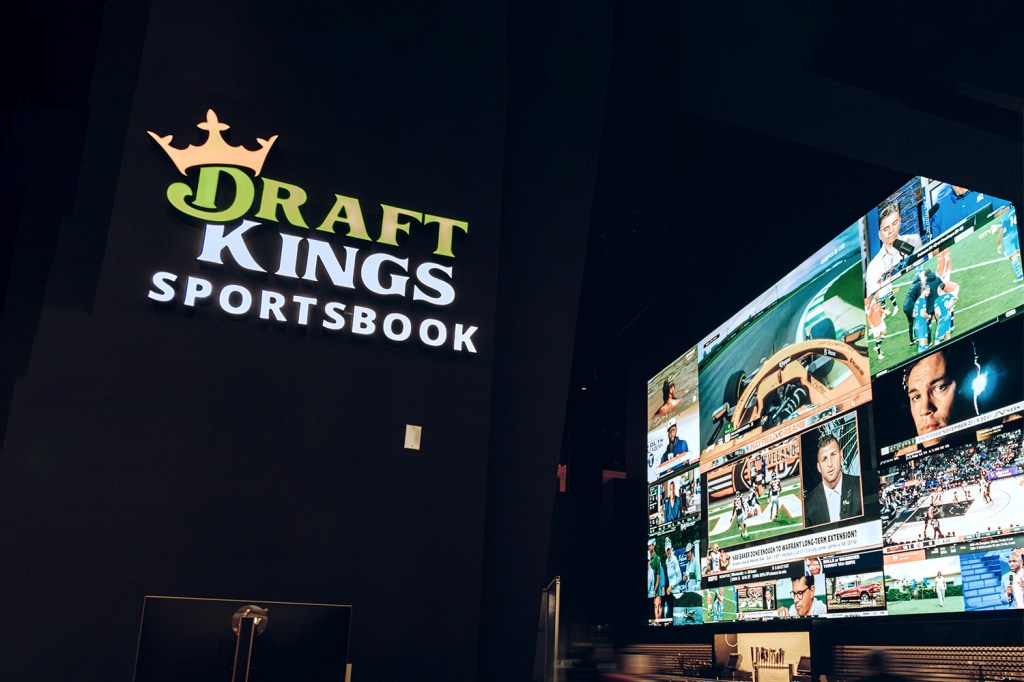For Bob Kendrick, what started as one of many ways to promote the Negro Leagues Baseball Museum became one of the most impactful during his tenure as museum president. Just don’t ask him to play the game.
“That didn’t go over too well,” Kendrick says on a recent episode of Front Office Sports Today. “The controller has too many buttons. The finger dexterity that these young people have is amazing.”
This is the second season in which the NLBM has collaborated with MLB The Show on a game mode that brings Negro Leagues legends to life. The Storylines series in MLB The Show 24 lets players control stars like Josh Gibson, Satchel Paige, and Cool Papa Bell. Each comes with a short backstory, narrated by Kendrick. While the scorekeeping of the Negro Leagues was not as meticulous or well preserved as Major League Baseball, a prodigious oral history has filled the gap.
Through MLB The Show, those narratives are reaching a new audience, many of whom have extended their interest beyond the game.
“We have had scores upon scores of folks who have visited the museum because they saw the museum in the video game, and they wanted to meet the guy who was telling stories in the video game,” says Kendrick, who adds that the museum is seeing a significant uptick in individual donations, along with royalties from the game.
“Who knew that a video game partnership would be one of the most meaningful, significant things this museum has ever done?” says Kendrick. “It has been almost surreal in terms of the tremendous success.”
The Negro Leagues grew out of baseball’s most shameful chapter: Until Jackie Robinson broke the color barrier in 1945, Black people and other people of color were not allowed to play in MLB. While a harsher, more spiteful attitude toward this history would be entirely understandable, Kendrick, like Buck O’Neil before him, focuses on describing what the majors were missing out on through its overt racism.
“Buck O’Neil would say, if he had one game to win and any choice of any pitcher from any era, it would be the legendary Leroy “Satchel” Paige. You might beat him when he was out there messing around. But when he was locked and loaded? Forget about it.”
Behind the old tales of Satchel strikeouts, Gibson moon shots, and Papa Bell stealing home is a story that transcends baseball. The NLBM makes the case that Robinson’s signing with the Dodgers, which occurred 18 years before the March on Washington and a decade before Rosa Parks’s defiant bus ride, was the beginning of the Civil Rights Movement. It’s a moment in which baseball, which had participated in holding the country back, suddenly pushed it forward.
For a new generation, that history is now part of The Show.
